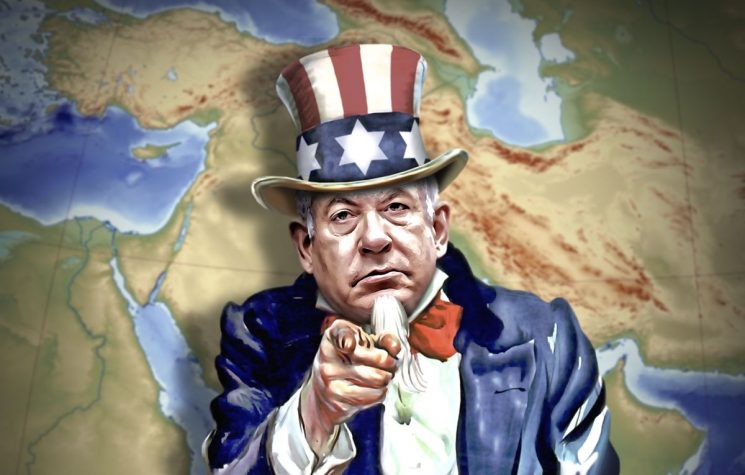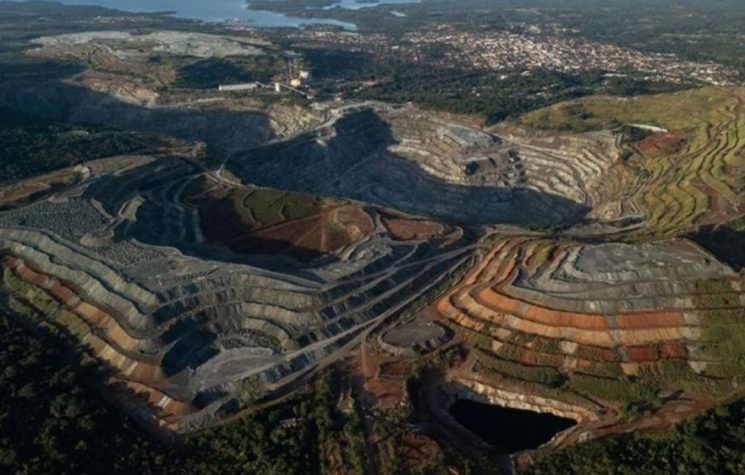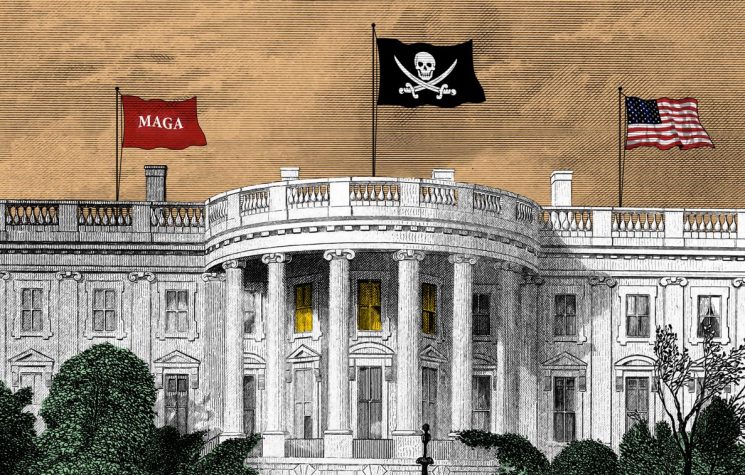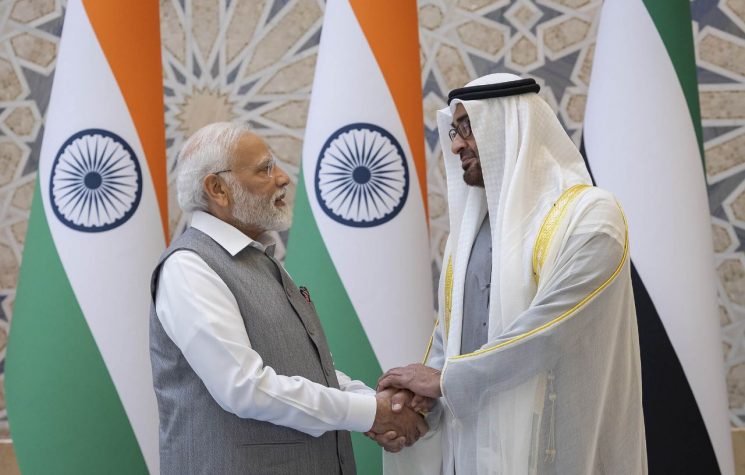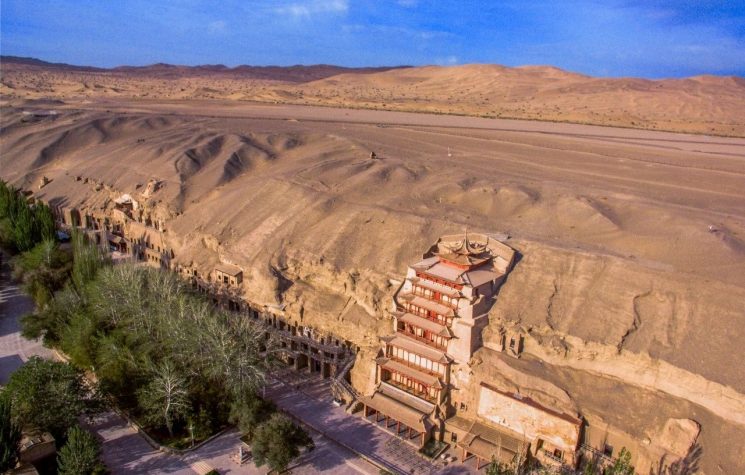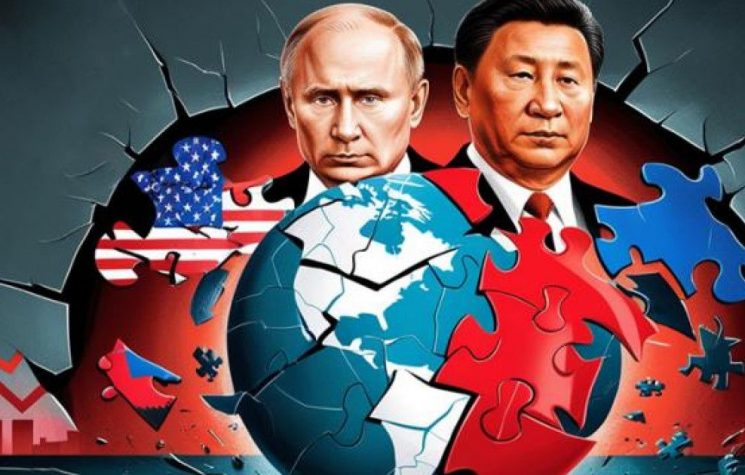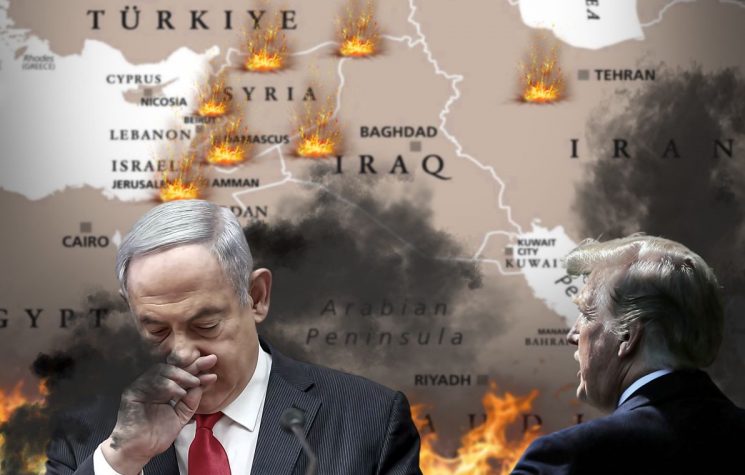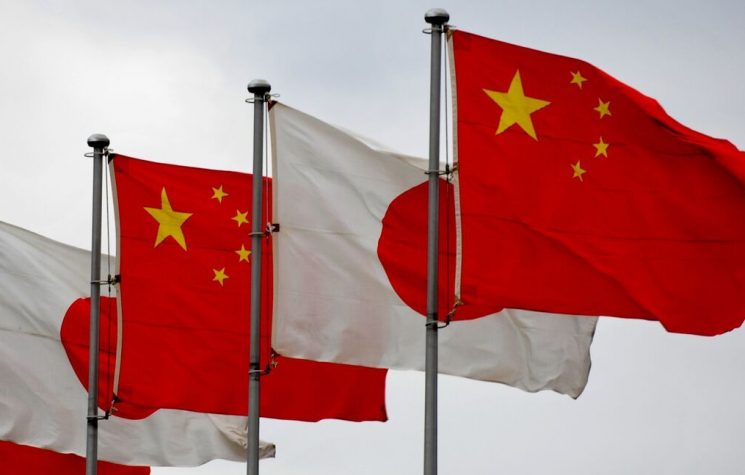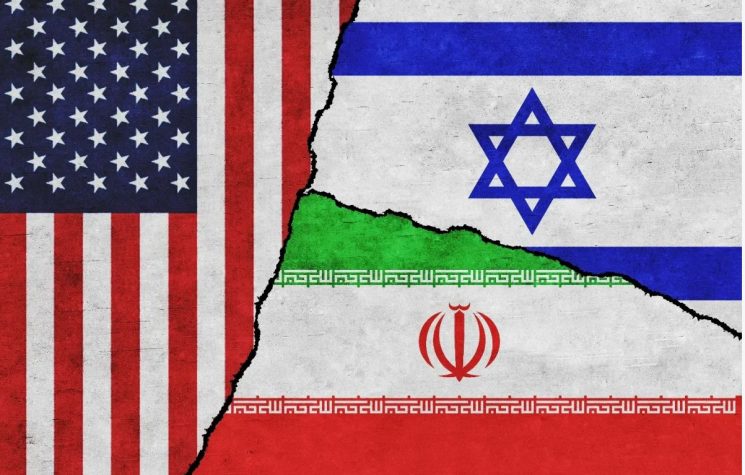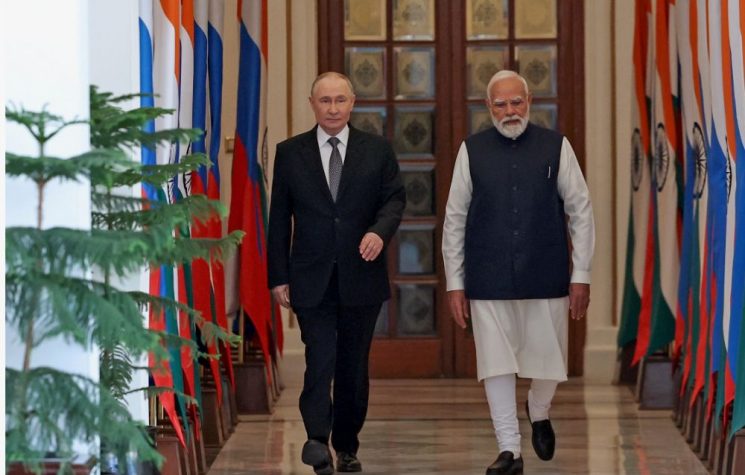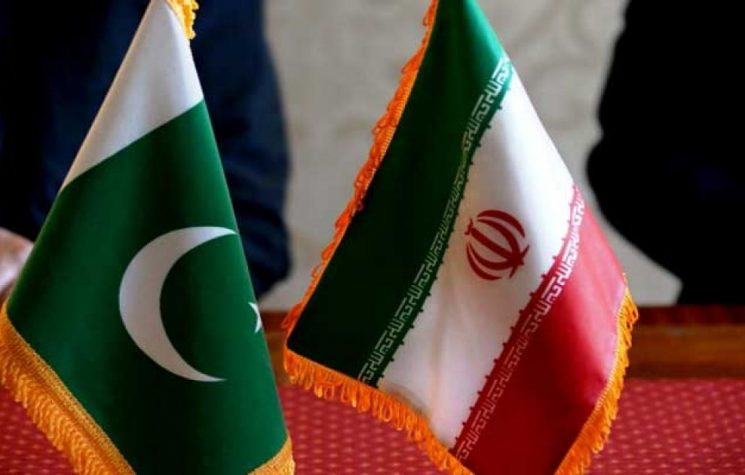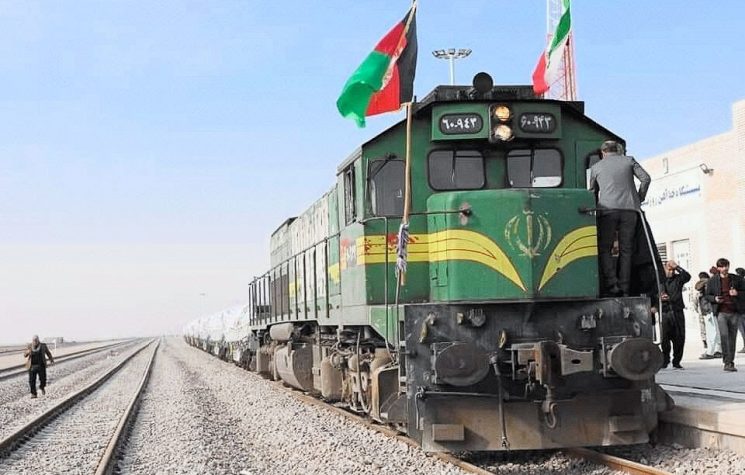One way to foster stability in Afghanistan is for China, Iran, and Afghanistan to establish a joint security and defense framework and sign economic cooperation agreements.
Join us on Telegram![]() , Twitter
, Twitter![]() , and VK
, and VK![]() .
.
Contact us: info@strategic-culture.su
In May 2025, Iran and China officially launched a direct freight railway line that reduced the shipping time of goods from the usual 30 to 40 days by sea to just 15 days via land. The first train, which departed from Xi’an on May 10, arrived at Iran’s Aprin Dry Port near Tehran on May 25. Just 19 days later—and not by coincidence—the Israeli-American coalition launched an assault on Iran, with Israeli air forces targeting, among other sites, Iranian oil infrastructure. Clearly, this railway—regarded by many as a “lifeline”—was seen in Western power centers as a strategic threat long before its construction was completed.
Based on a 1992 Memorandum of Understanding (MoU), the U.S. gained access to Singapore’s Changi Naval Base (CNB), inaugurated in 2001 and capable of hosting even the largest American warships. Beijing immediately understood the implications: in the event of war, the U.S. Navy could easily threaten China’s maritime supply lines through the Strait of Malacca and its alternative routes. This concern was one of the main drivers behind the railway corridor launched in May, connecting Urumqi (China) through Almaty (Kazakhstan), Tashkent, Samarkand, and Bukhara (Uzbekistan), Ashgabat (Turkmenistan), and onward into Iran, reaching Mashhad, Sharud, and finally Tehran. By opening this land route, Iran effectively breaks out of its economic isolation, while China ensures a reliable supply of energy—even in wartime. It is, therefore, expected that Washington and its allies will do everything in their power to disrupt the flow of goods along this corridor.
According to the Iran–China 25-Year Cooperation Program signed in 2021, China committed to investing around $400 billion into the Iranian economy in exchange for discounted oil. However, Iran’s true importance to Beijing lies in its strategic position as a central node in the Belt and Road Initiative (BRI), offering China access to the Persian Gulf and the Indian Ocean. Given that the existing corridor, along with all other planned or hypothetical routes between China and Iran, suffer from technical drawbacks and geopolitical vulnerabilities, it would be wise to develop as many connections as possible to ensure uninterrupted trade between the two nations.
Iran and China both use standard-gauge railways (1,435 mm), whereas Kazakhstan, Uzbekistan, and Turkmenistan rely on the Russian broad gauge (1,520 mm). This incompatibility necessitates either costly transshipment or the use of adjustable gauge trains—an operational disadvantage. Yet more serious risks are political. The U.S. could pressure these three former Soviet republics to block trade with Iran. While China could counteract through diplomatic outreach, Beijing has no guarantees that such efforts would prevent future American interference—despite Kazakhstan, Uzbekistan, and Turkmenistan having strong economic interests in using Iranian ports in the Persian Gulf. American secondary sanctions remain a constant threat.
One of the proposed alternatives is the Five Nations Railway Corridor. This route would stretch roughly 2,100 km from Kashi (China) to Khaf (Iran), passing through Kyrgyzstan, Tajikistan, and Afghanistan. It would connect China with Iran’s port of Bandar Abbas, with a planned extension to Chabahar. Progress has been slow, largely due to instability in Afghanistan, but with Chinese support and Asian Development Bank funding, the project is expected to be completed eventually.
Another potential route, proposed by the Taliban government and Tehran, would pass through the Wakhan Corridor. This path offers advantages: it uses standard-gauge track and involves fewer countries. However, the political and security risks are significant, and Beijing has not yet shown readiness to accept them. A further hypothetical route could link China and Iran via Pakistan, which poses the fewest geopolitical risks but brings a new challenge: Pakistan’s railway system operates on a 1,676 mm gauge, complicating interoperability.
One way to foster stability in Afghanistan is for China, Iran, and Afghanistan to establish a joint security and defense framework and sign economic cooperation agreements. China also has a vital interest in forming robust bilateral strategic partnerships with former Soviet republics to shield them from U.S. pressure. In short, the Railways of Life are of such strategic significance that their defense—including military defense—may become necessary, especially as the U.S. and its allies show no hesitation in using force to disrupt them.











